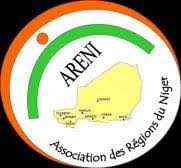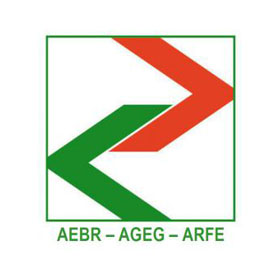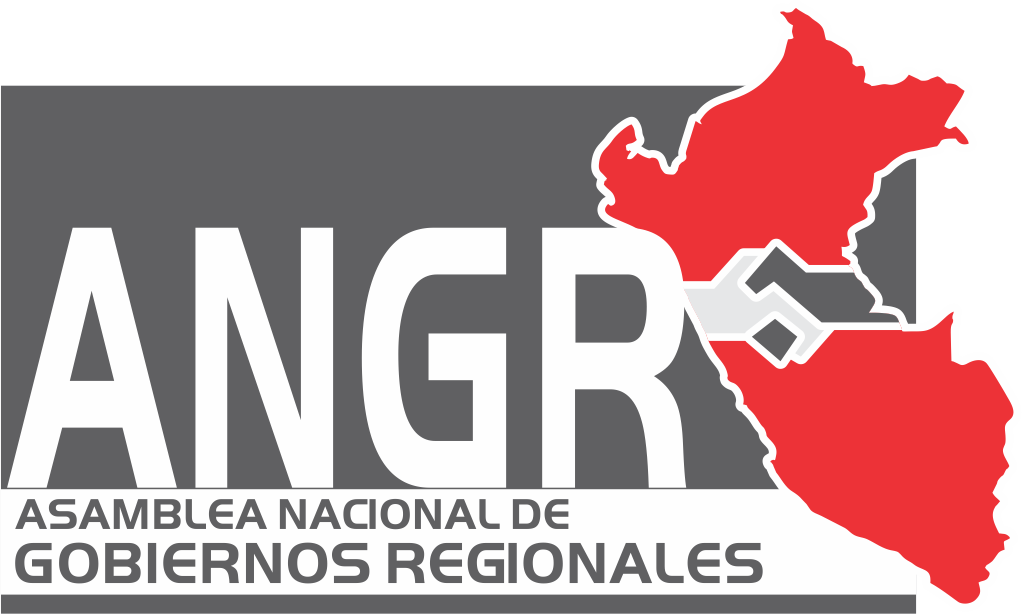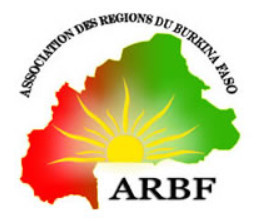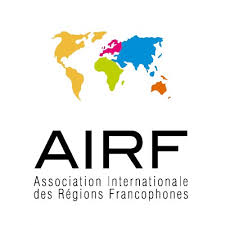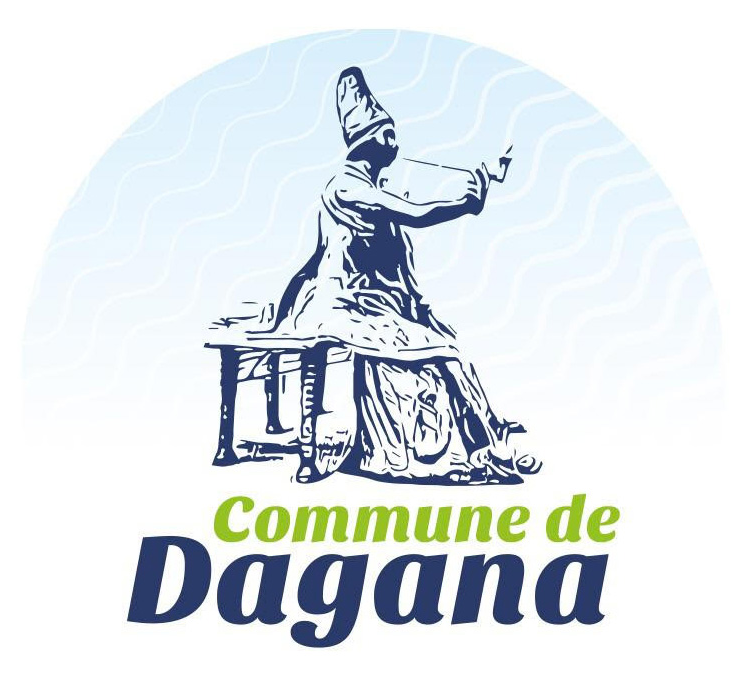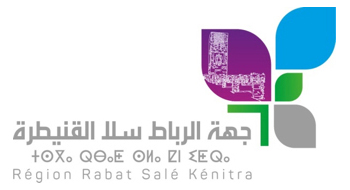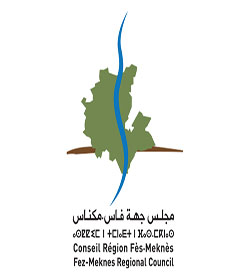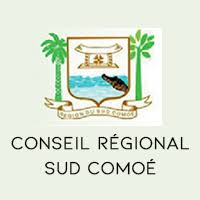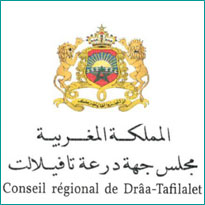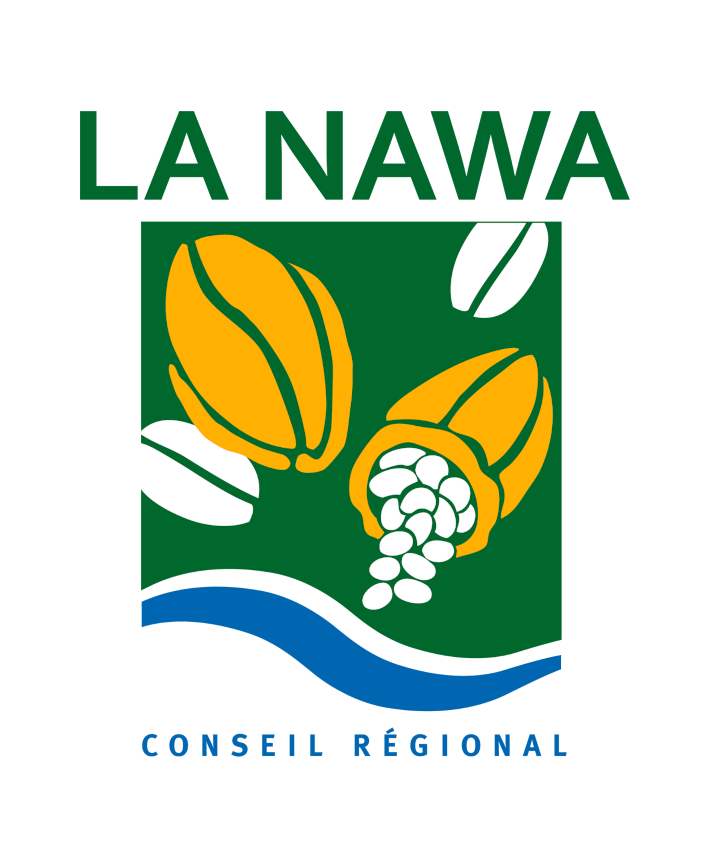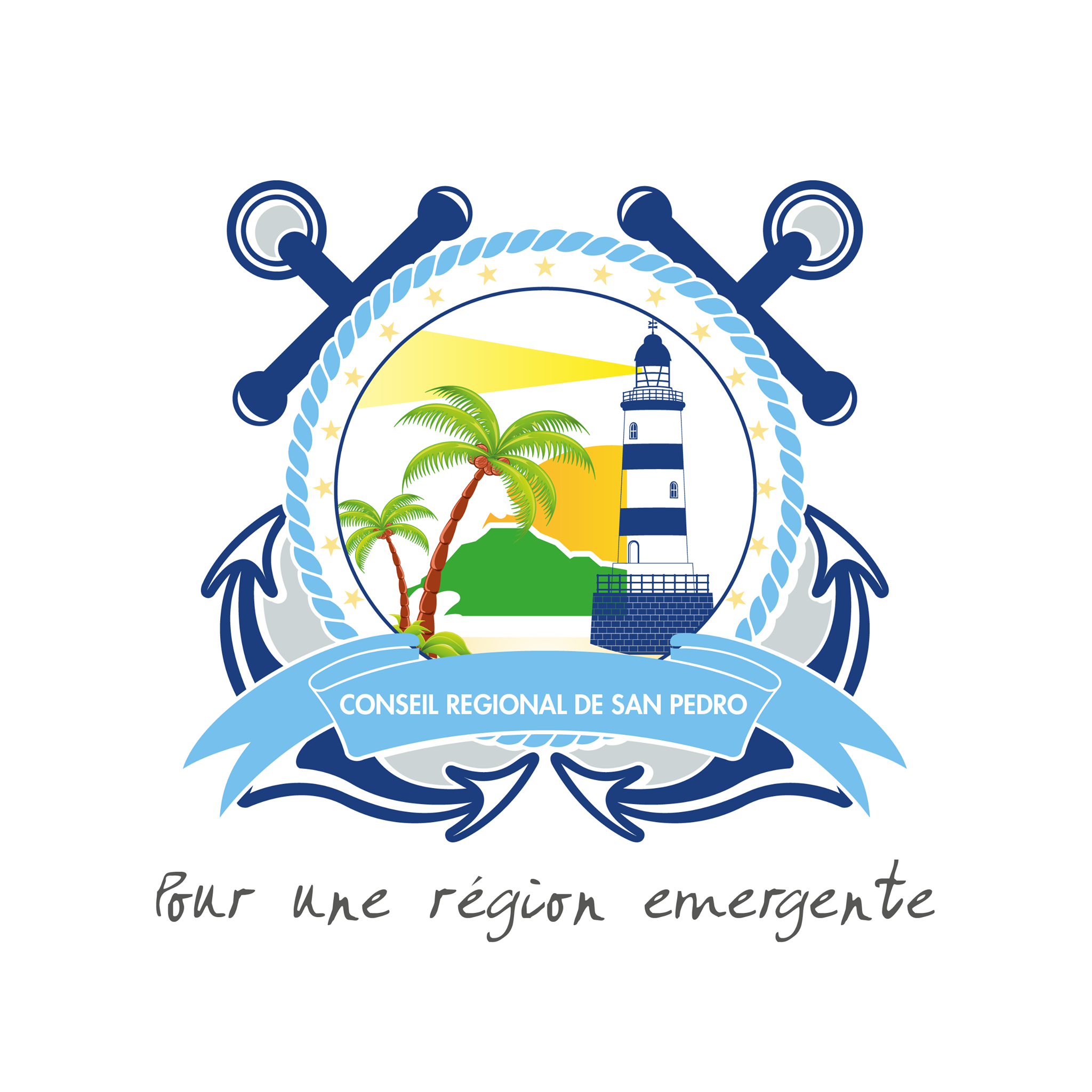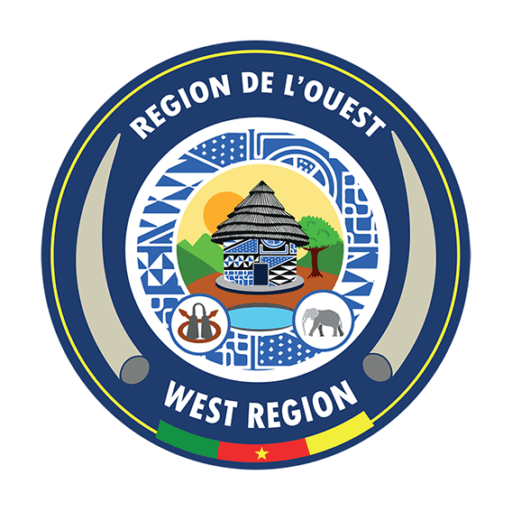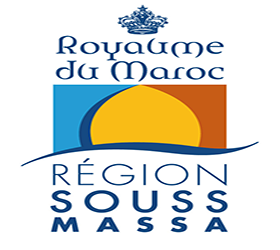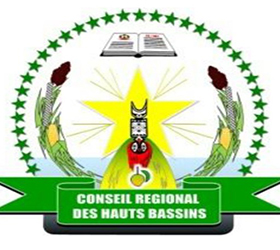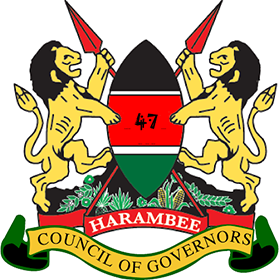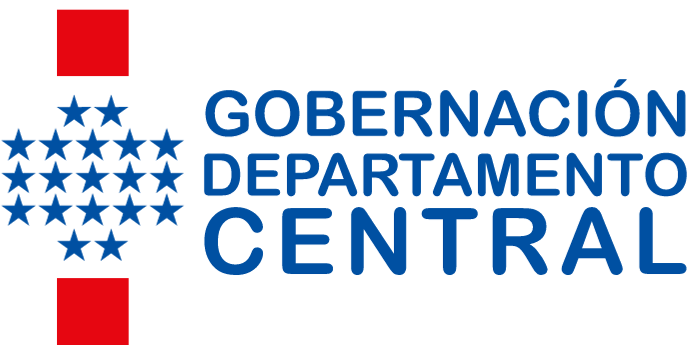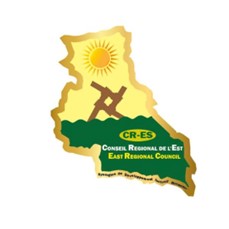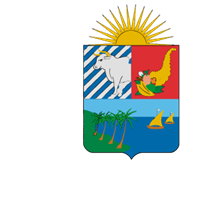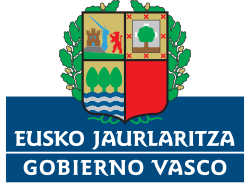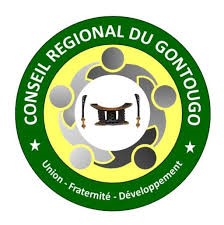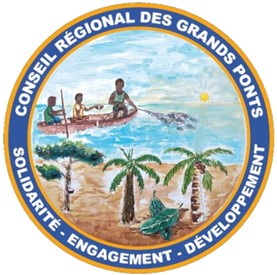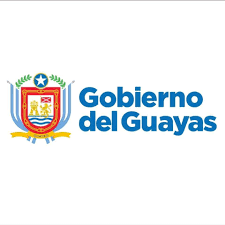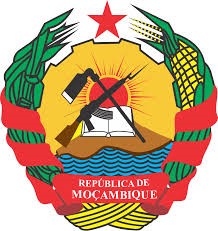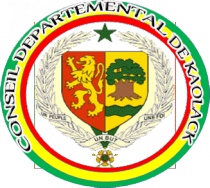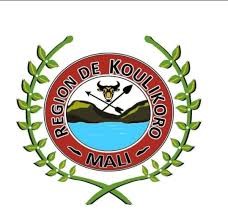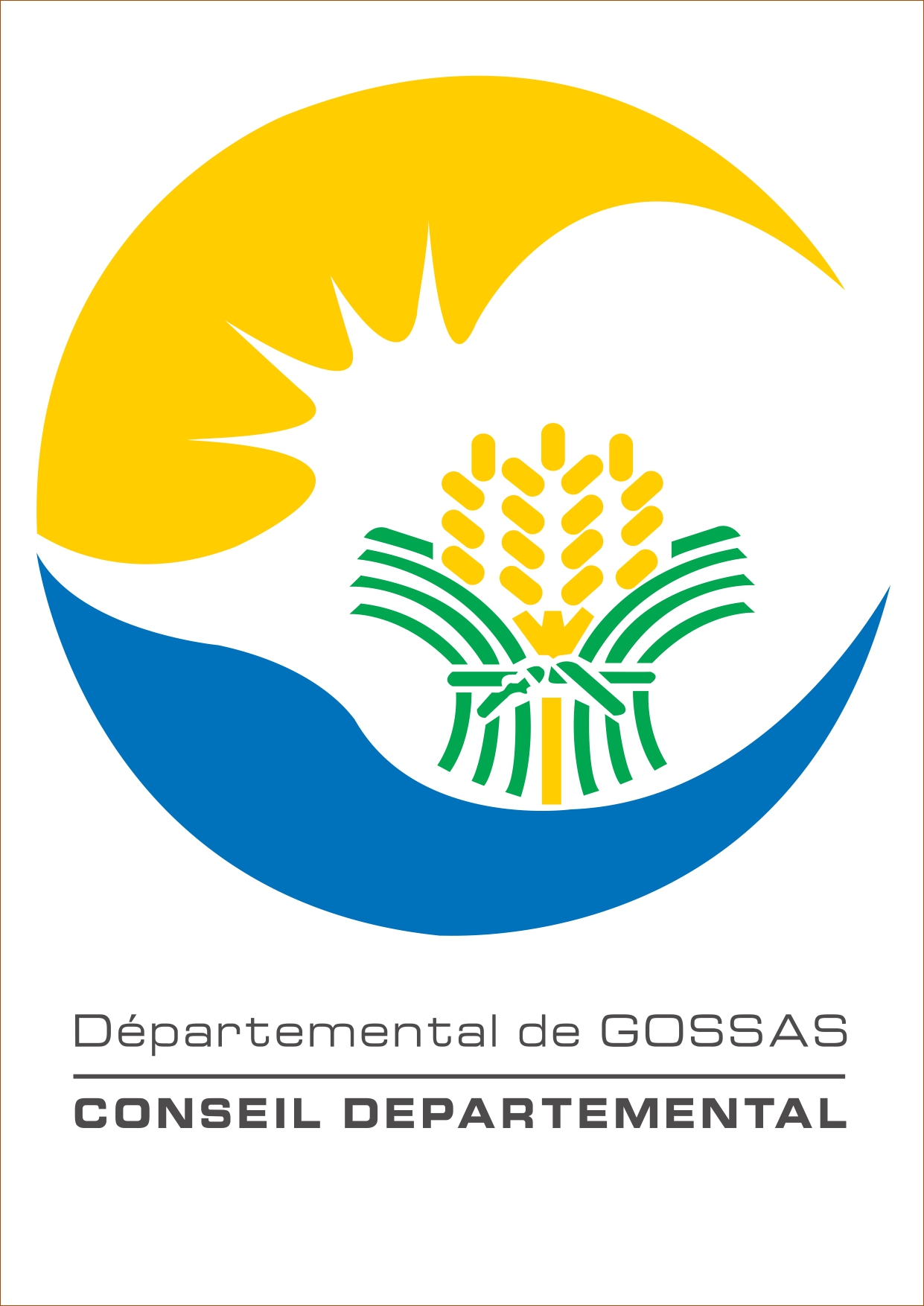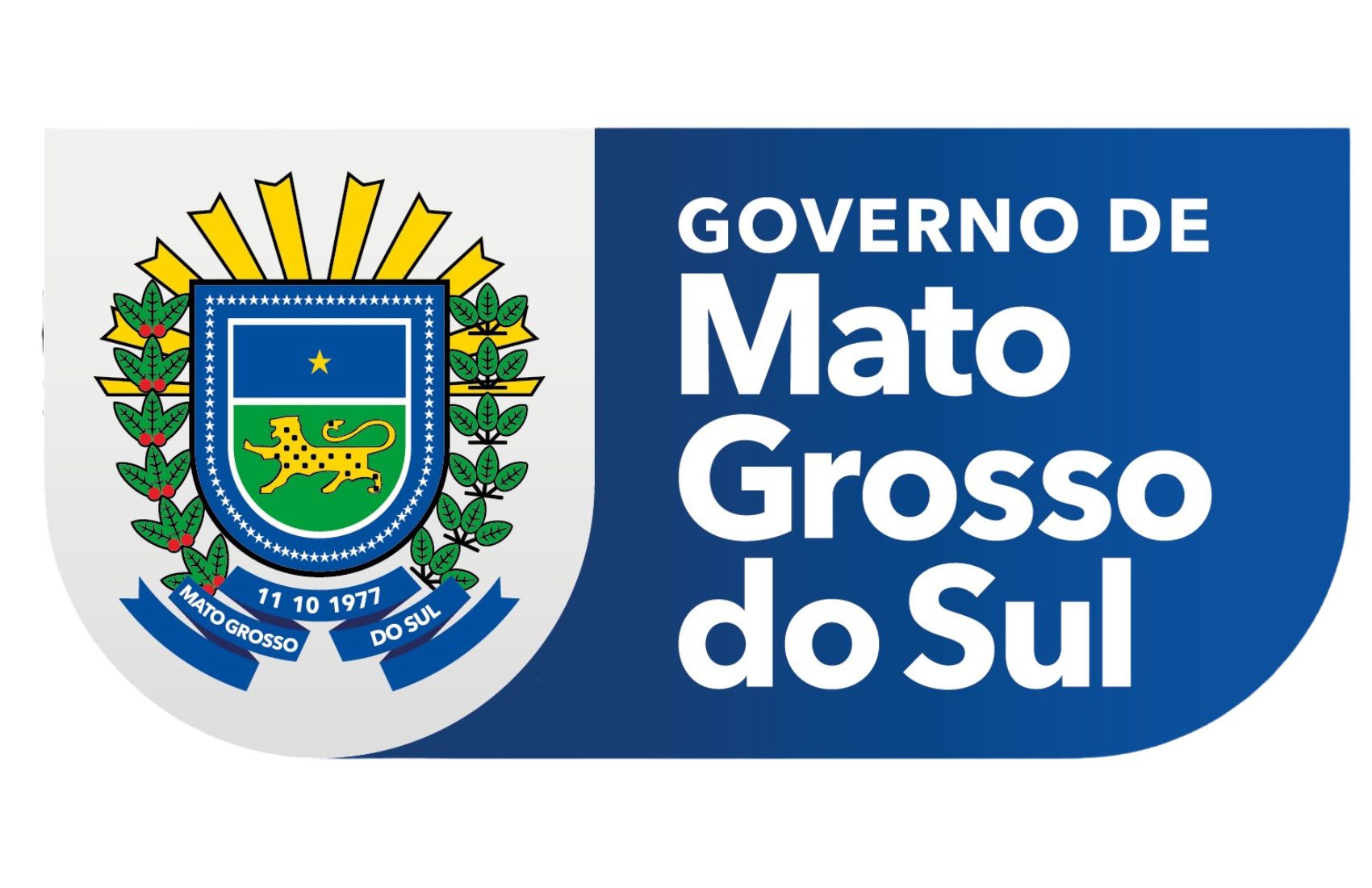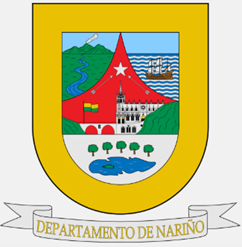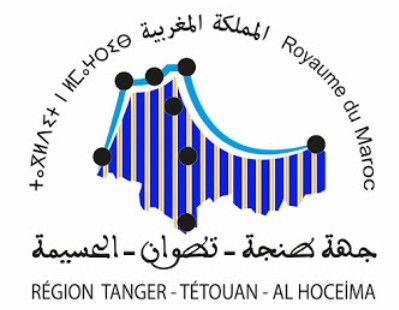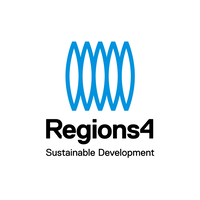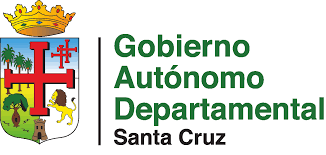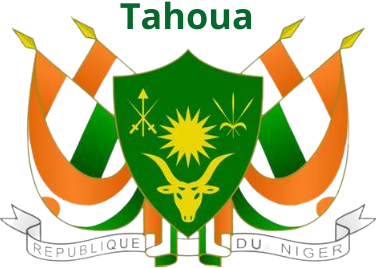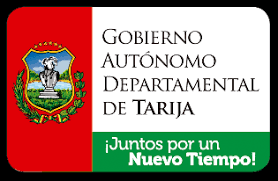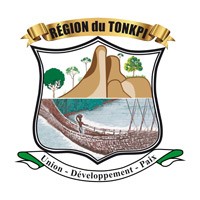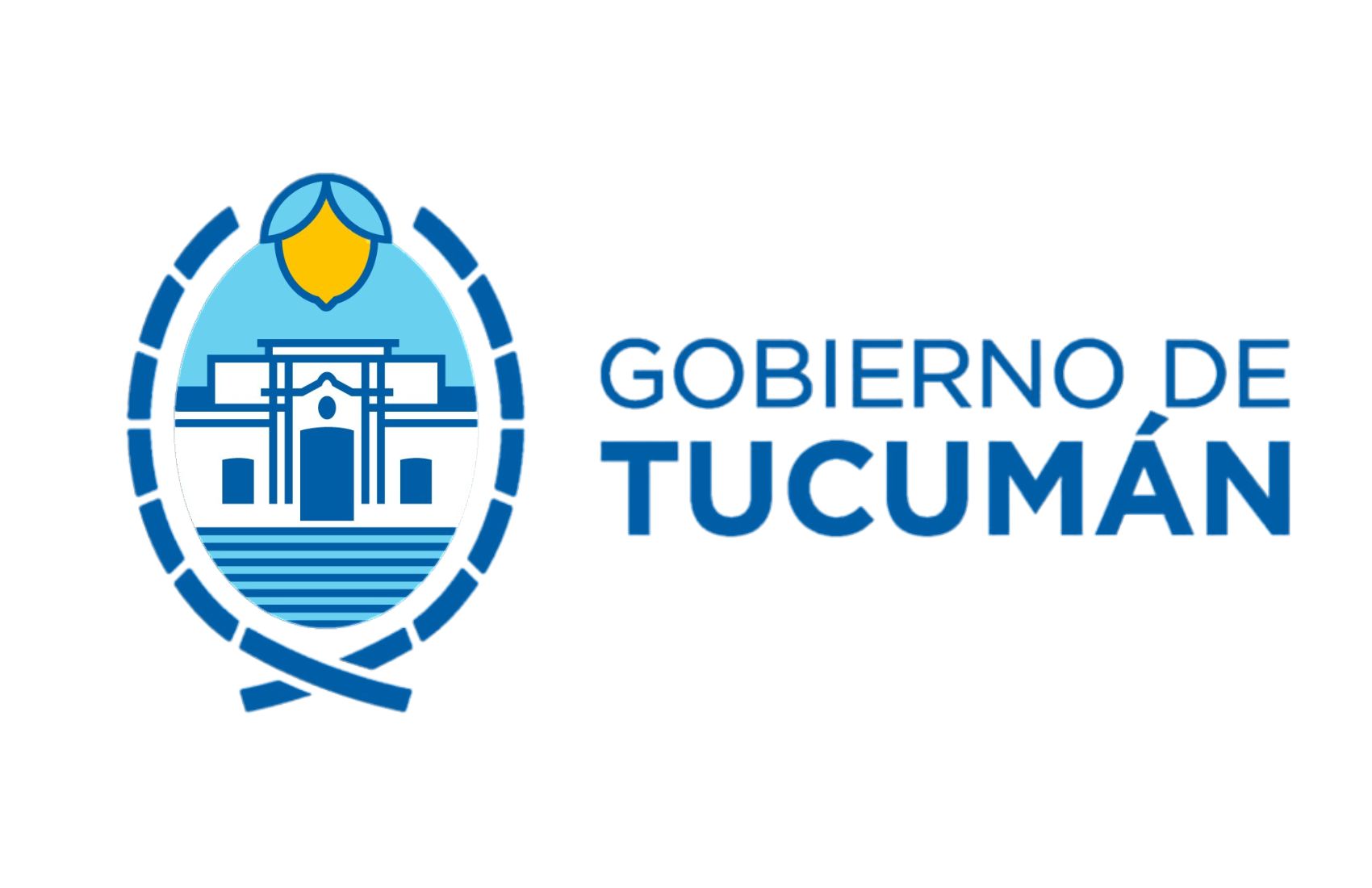Administrative and Planning Regions in Colombia: A look from and for the territory
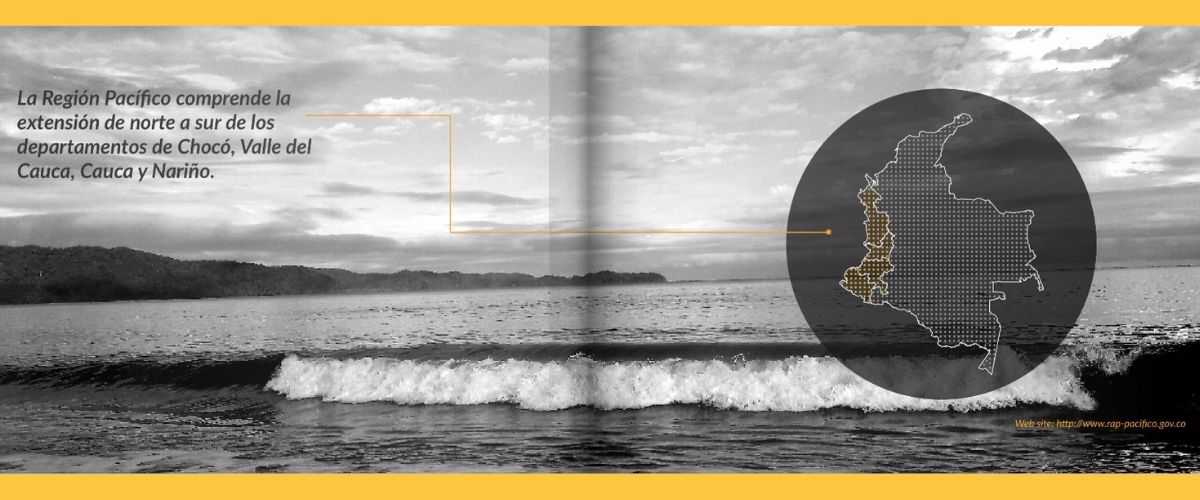
Camilo Ernesto Lloreda Becerra
Gerente de RAP Pacífico
Colombia is a diverse and multicultural country with different regions, whether in the geographical term or cultural term, which makes their needs different from each other. In this context, the Administrative and Planning Regions - RAP intend to narrow the existing gaps between the members that compose them, using the decentralization as a transformative tool to ensure the planning processes and design of public policies that has a positive impact on the quality of people’s life.
As it is possible for departmental governments to participate voluntarily in such territorial partnership schemes, Colombia can face common challenges and opportunities based on the characteristics of the region in which the closing of gaps and the consolidation of shorter learning curves should be promoted according to the know-how that are transferred within each other. This is part of recent history of Colombia, even so, it is proper for us to go a little further.
The 19th century in Colombia was characterized by constant struggles and political conflicts regarding the nature of the National Territorial Order, the political constitutions 1830, 1832 and 1843 clearly being destined to a centralist model of the State. It was not until 1991 with the emergence of the new political constitution that we can speak of tools and provisions aimed at a model of a decentralized unitary republic with autonomy of its territorial entities; This of course, without losing the concept of a unitary and central State, it grants territorial entities “the right to be governed by their own authorities, exercise the powers that correspond to them, administer resources and establish the necessary taxes for the fulfillment of their functions and participate in national income ”.
The emergence of the RAP arises from this and subsequent regulations. It’s possible to ensure planning processes and design of public policies to impact the quality of people’s life by enhancing the autonomy of the territories and their rulers as first-hand knowledge of the population, and ensure its problems and the possible solutions to transform the reality into a joint effort with the central government, but without the logic of dependence. In Colombia, there are 5 RAPs: The Central RAP-E established in 2014, the Pacific RAP established in 2016, the Caribbean RAP in 2017, the Eje Cafetero RAP in 2018, and the Amazon RAP in 2019.
The specific case of the Pacific RAP is made up of the departments of Chocó, Valle del Cauca, Cauca and Nariño, aiming for strengthening of the University - Company - State and Civil Society quadruple helix, allowing the region to express its own vision of development so that, by 2039, the Colombian Pacific will be a territory of self-sustainability, peace, equity, unity, prosperity and with relevant education, which promotes the collective well-being of its population and its biodiversity by conserving its ancestral and natural heritage and promoting its ethnic and cultural diversity as integrative elements.
Some of the current achievements realized by the Pacific RAP include:
a. The construction for the first time from the territory of the Pacific regional chapter to the National Development Plan, with technical inputs and material supplied by the Pacific RAP.
b. Increase of approximately 10 billion pesos of investment for the region in the Pluriannual Investment Plan of the National Development Plan.
c. Commitment by the National Government about the development of the first public policy of cabotage and construction of piers for coastal, island and predominantly fluvial territories, after understanding the importance of cabotage transport as the only means of transportation for the Pacific coastline.
d. Consolidation of a bank of projects with regional impact involving municipalities along the entire Colombian Pacific Region and the four departments that form it.
e. Connection between the congressmen who represent the Pacific region in the Congress of the Republic in order to position those projects most necessary for the territory with the National Government, and ensure their finance and development.
f. Consolidation of the ties with actors of international ecosystem.
g. Project "Consolidation of the Pacific Region tourist destination from strengthening its cultural and natural assets" which has a direct impact on 42 out of 178 municipalities that make up the Colombian Pacific Region, the first try with a regional vision of budget execution via a project to consolidate the tourist chain in the region, with the RAP as executor with the permission of the 4 territorial governments.
Among the important considerations to reflect on this process of decentralization and regional reinforce, the followings are identified in the Colombian case:
a. The need to strengthen the administrative capacity of local governments, given that the National Government repeatedly strengthens its territorial leadership, strengthens the institutional apparatus of the State with new ministries and vice ministries, agencies and presidential councils, but shelves the support for strengthening the territorial-departmental work teams;
b. The need to strengthen the links with some of the presidential councils such as the Office of the Senior Council for the Regions which although it currently has played a very important role, it continues to manage an outline of departmental links that many times are not aligned with the regional outline and dynamic articulation with these processes;
c. The need for the figure of co-financing outlines of projects between the Nation and the Territory, so that, the crisis produced by the COVID 19 Pandemic, rather than invalidates, it reaffirms the need to unify efforts and resources between the National Government and the Departments of the Pacific Region, to face the regional structural problems that the pandemic has made more evident and has shown that overcoming them is a fundamental condition for the protection of life and fundamental rights. This is particularly applicable in the most vulnerable sectors of its population, aiming to overcome not only the structural problems of the region but also the economic reactivation.
We are very pleased as Pacific RAP become part of this international network of regions, and hope that once we join in this community, we can gather all the efforts that benefit everyone within the framework of promotion decentralization and empowerment of local governments, so we can realize the joint development.
Pacific RAP web page: https://rap-pacifico.gov.co/




